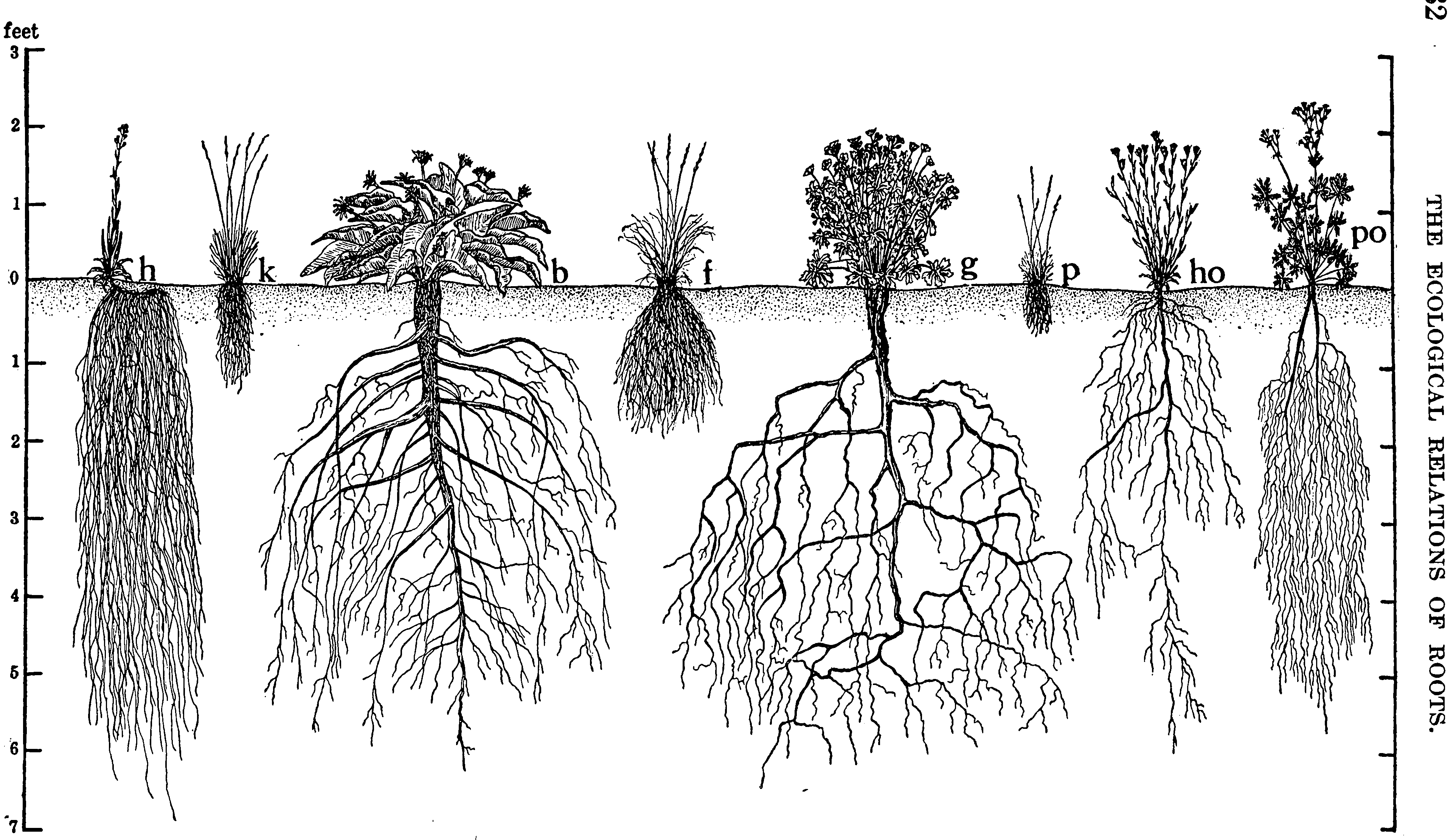Hierarchical models
DAGs, multilevel models, random coefficient models, mixed effect models, structural equation models…
2015-06-07 — 2022-04-21
Wherein hierarchical systems are introduced and a directed graph of interacting random processes is described, and inference of parameters and conditional distributions is pursued when observations are noisy and some variables remain unobserved.
The classical regression setup: My process of interest generates observations conditional on certain predictors. The observations (but not predictors) are corrupted by noise.
Hierarchical setup: There is a directed graph of interacting random processes, generating the data, and I would like to reconstruct the parameters, possibly even conditional distributions of parameters, accounting for interactions, when only some of these are observed.
Studied as mixed effects models, hierarchical models, nested models (careful! many definitions to that term), random coefficient models, error-in-variables models, structural equation models
Directed graphical models provide the formalism. When we mention graphical models, frequently the emphasis is on the independence graph itself. In a hierarchical model context, we more frequently wish to estimate parameters, or sample from posteriors or what-have-you.
In the case that you have many layers of hidden variables and don’t expect any of them to correspond to a “real” state so much as simply to approximate the unknown function better, you just discovered a deep neural network, possibly even a probabilistic neural network. (Ranzato 2013) (for example) explicitly discusses them in this way.
Thomas Wiecki wrote:
The Best Of Both Worlds: Hierarchical Linear Regression in PyMC3
Why hierarchical models are awesome, tricky, and Bayesian:
[… want to take the opportunity to make another point that is not directly related to hierarchical models but can be demonstrated quite well here. Usually when talking about the perils of Bayesian statistics we talk about priors, uncertainty, and flexibility when coding models using Probabilistic Programming. However, an even more important property is rarely mentioned because it is much harder to communicate. @rosstaylor touched on this point in his tweet:
It’s interesting that many summarize Bayes as being about priors; but real power is its focus on integrals/expectations over maxima/modes
Michael Betancourt makes a similar point when he says “Expectations are the only thing that make sense.”
But what’s wrong with maxima/modes? Aren’t those really close to the posterior mean (i.e. the expectation)? Unfortunately, that’s only the case for the simple models we teach to build up intuitions. In complex models, like the hierarchical one, the MAP can be far away and not be interesting or meaningful at all. […]
This strong divergence of the MAP and the Posterior Mean does not only happen in hierarchical models but also in high dimensional ones, where our intuitions from low-dimensional spaces gets twisted in serious ways. …
[…] Final disclaimer: This might provide the impression that this is a property of being in a Bayesian framework, which is not true. Technically, we can talk about Expectations vs Modes irrespective of that. Bayesian statistics just happens to provide a very intuitive and flexible framework for expressing and estimating these models.
Some of Andrew Gelman’s blog posts on hierarchical models provide helpful context (1, 2, 3).
1 Interesting special cases
In certain cute cases (i.e. linear, homoskedastic) these problems become deconvolution. (🏗 explain what I mean here and why I bothered to say it.) See ANOVA for an important special case. More generally, we sometimes find it convenient to use hierarchical generalised linear models, which have all manner of nice properties for inference.
2 Cluster randomized trials
Melanie Bell, Cluster Randomized Trials
Cluster randomized trials (CRTs) are studies where groups of people, rather than individuals, are randomly allocated to intervention or control. While these types of designs can be appropriate and useful for many research settings, care must be taken to correctly design and analyse them. This talk will give an overview of cluster trials, and various methodological research projects on cluster trials that I’ve undertaken: designing CRTs, the use of GEE with a small number of clusters, handling missing data in CRTs, and analysis using mixed models.
3 Teaching
See this nice animated demonstration.
4 Implementations
4.1 Lavaan
The lavaan package is developed to provide useRs, researchers and teachers a free open-source, but commercial-quality package for latent variable modeling. You can use lavaan to estimate a large variety of multivariate statistical models, including path analysis, confirmatory factor analysis, structural equation modeling and growth curve models.
The official reference to the lavaan package is Rosseel (2012)
5 Semopy
6 Any modern Bayes toolkit
Essentially all of modern Bayesian statistics implements these methods; For more on that, see probabilistic programming. As a default though, start with stan.
